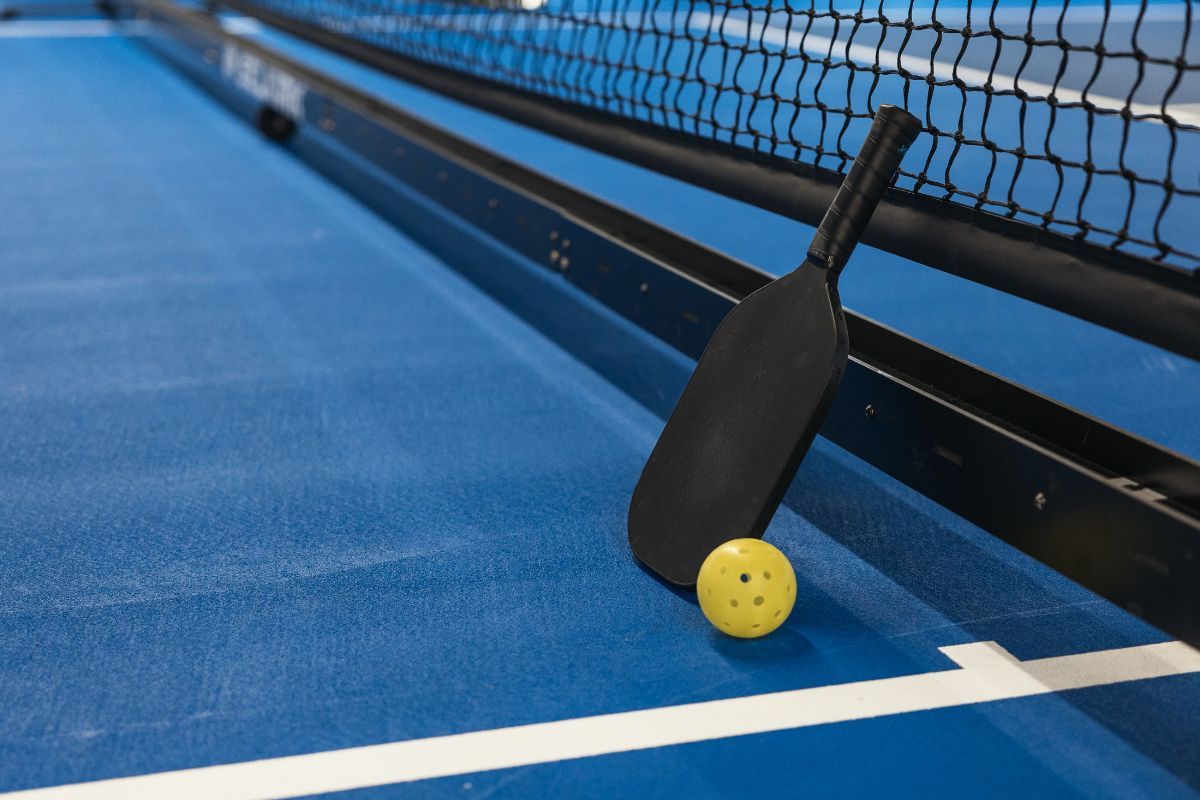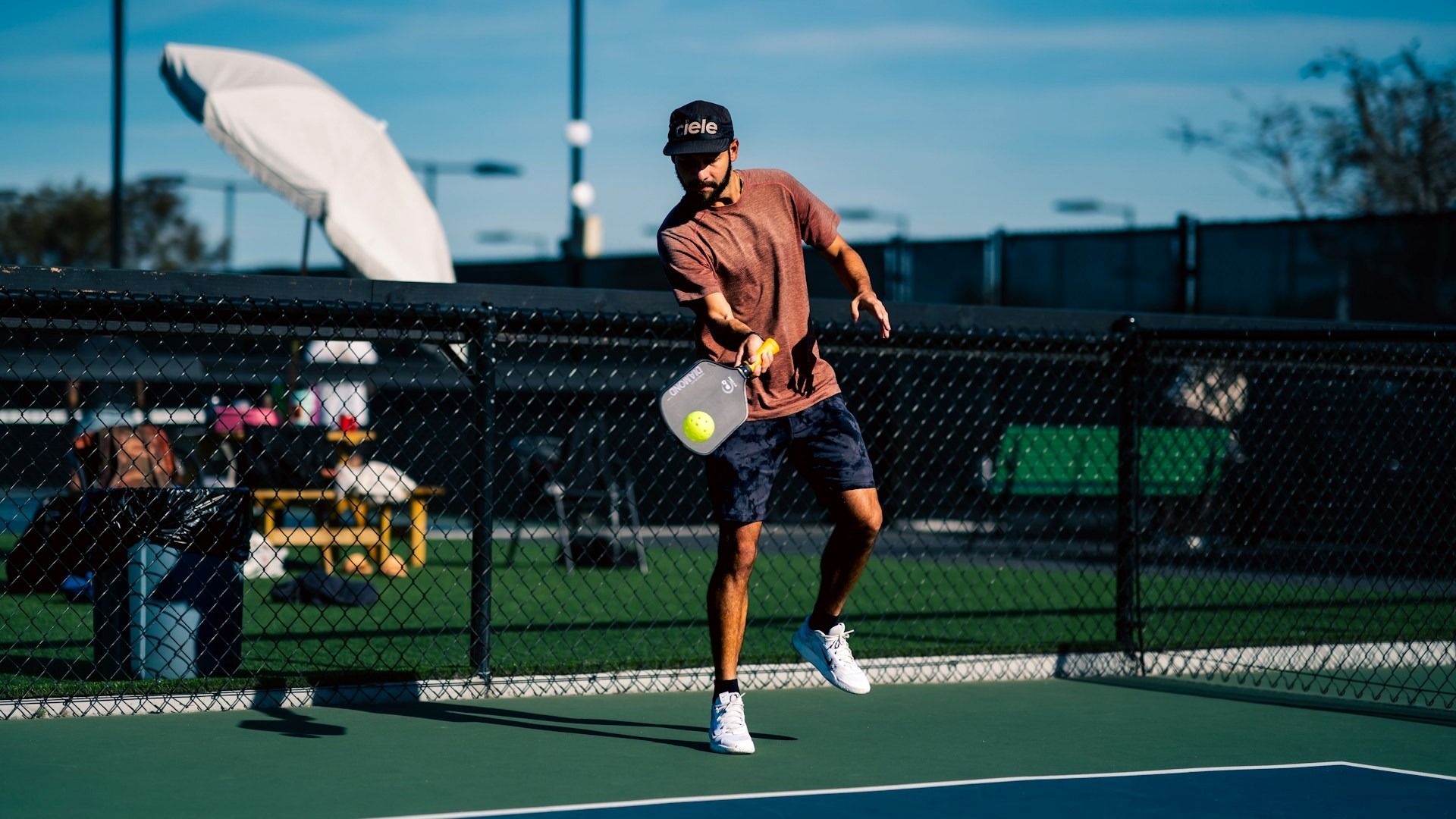The best Pickleball paddles for beginners
Discover the top pickleball paddles for beginners in 2024. Our guide highlights affordable, easy-to-use paddles like the Onix Z5 and JOOLA Essentials, with tips on choosing the best paddle based on weight, grip, and material for a smooth start on the court.
Alright, so you’ve caught the pickleball bug—welcome to the club! 🏓✨ Doesn’t matter if you’re joining the hype for some casual fun or getting serious about those sweet, sweet rallies, there’s one thing every newbie needs: a paddle that doesn’t make you want to yeet it across the court. Finding the right one can feel like a mini research project (been there), but we’re here to save you the hassle.
Here’s the deal: Not all pickleball paddles are created equal, especially if you’re just starting out. Some are heavy bricks that’ll have your arms burning faster than leg day, while others are so flimsy that you’ll be wondering if you’re even hitting anything.
The good news? There are paddles that strike the perfect balance between control, comfort, and budget, making them beginner-friendly and a blast to use.
In this guide, we’re spilling the tea on the best paddles that’ll make your first steps into pickleball feel less like a struggle and more like a victory lap. Trust us, with the right paddle in hand, you’ll be smashing it on the court in no time!
Source: Pexels
Key features to consider for beginners
So, what exactly makes a paddle beginner-friendly? Before you go all-in on the first paddle you see, let’s break down the key features that matter most when you’re just getting started:
1. Weight: The goldilocks dilemma
When it comes to paddle weight, it’s all about finding that “just right” feeling. For beginners, lighter paddles (around 6-8 ounces) are usually the way to go. Why? They’re easier to maneuver, giving you more control as you work on your shots.
But don’t go too light—if your paddle feels like a feather, you might lose out on power when you’re trying to smash those shots. Look for a weight that strikes a good balance between control and power without feeling too heavy in your hand.
2. Grip size: Comfort is key
Let’s talk grip size. If your paddle grip is too big, you’ll feel like you’re holding a baseball bat; too small, and you’ll have less control and might even strain your wrist.
A good rule of thumb: if you can comfortably fit your index finger between your palm and your fingers when holding the grip, you’re on the right track. For most beginners, opting for a mid-sized grip (4 to 4.25 inches) is a safe bet.
3. Material: Wood, composite, or graphite?
Paddles come in different materials, each with its own pros and cons. Wood paddles are the most affordable, but they’re heavier and not the best in terms of performance.
Composite paddles are a solid choice for beginners because they offer a good mix of power and control, and they’re reasonably priced.
Graphite paddles are lighter and provide great control, but they’re usually on the pricier side. As a beginner, you might want to start with a composite paddle—it’s a great middle ground that won’t break the bank.
4. Shape and size: Keep it simple
Most beginner paddles come in a standard shape, and that’s exactly what you want. Elongated paddles might look cool and offer more reach, but they can be trickier to control if you’re still figuring out your swing.
Stick with the classic shape that offers a larger sweet spot—this makes it easier to connect with the ball, even if your aim isn’t spot on yet.
5. Price: You don’t need to break the bank
Let’s be real: as a beginner, you probably don’t want to shell out big bucks on your first paddle. The good news is, you can find high-quality beginner paddles in the $40-$80 range that will more than do the job.
Focus on finding something that feels comfortable and performs well, rather than going for all the bells and whistles.
Top Pickleball paddles for beginners in 2024
Choosing the right pickleball paddle as a beginner can really impact your game. Here are some of the best beginner-friendly options for 2024 that strike a good balance between performance, comfort, and affordability:
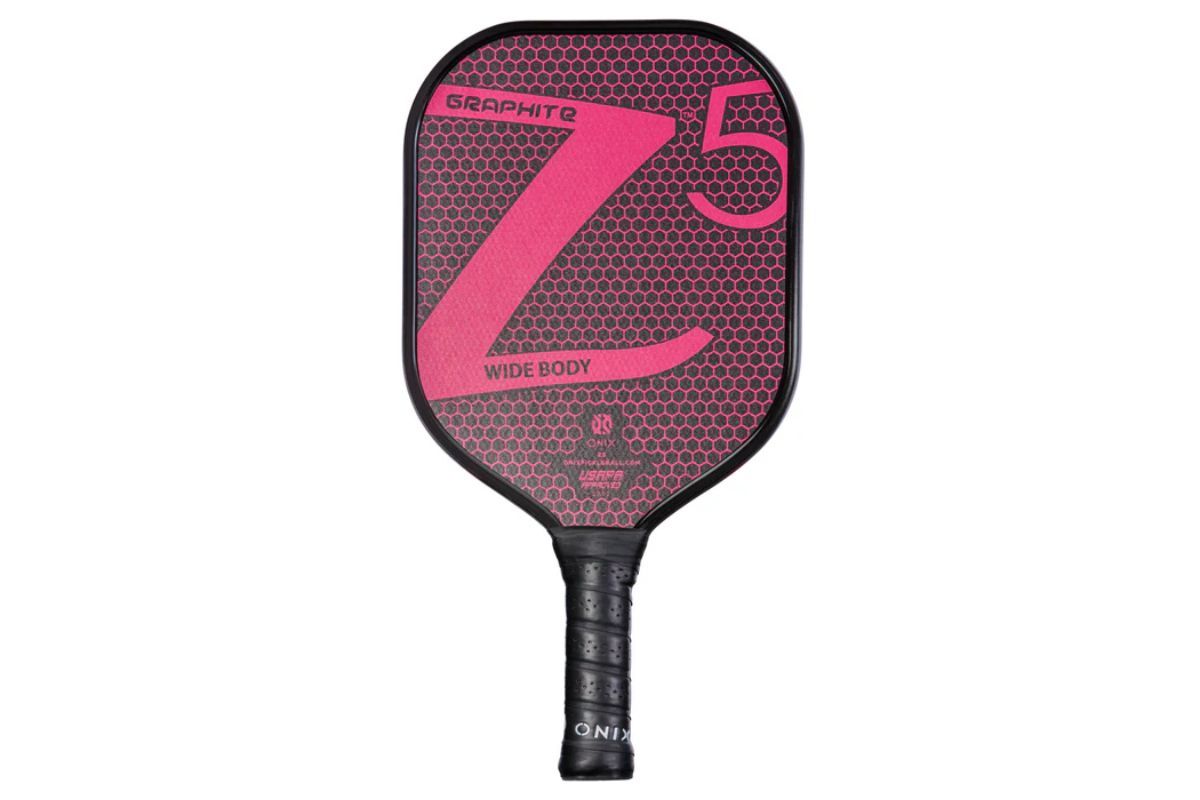
Source: onixpickleball.com
1. Onix Z5 Graphite Pickleball Paddle
Why it’s great for beginners: The Onix Z5 is one of the most popular beginner paddles thanks to its lightweight design (7.5-8.2 oz) and graphite face.
It offers a solid mix of power and control with a large sweet spot, making it forgiving for players still perfecting their aim. The cushioned grip and balanced feel make it comfortable for long play sessions.
Best for: Players who want an all-around paddle that’s both easy to handle and durable.
Standout features:
- Large sweet spot for consistent hits
- Graphite face for enhanced control and power
- Cushioned grip for extended comfort
- USAPA-approved for recreational and tournament play
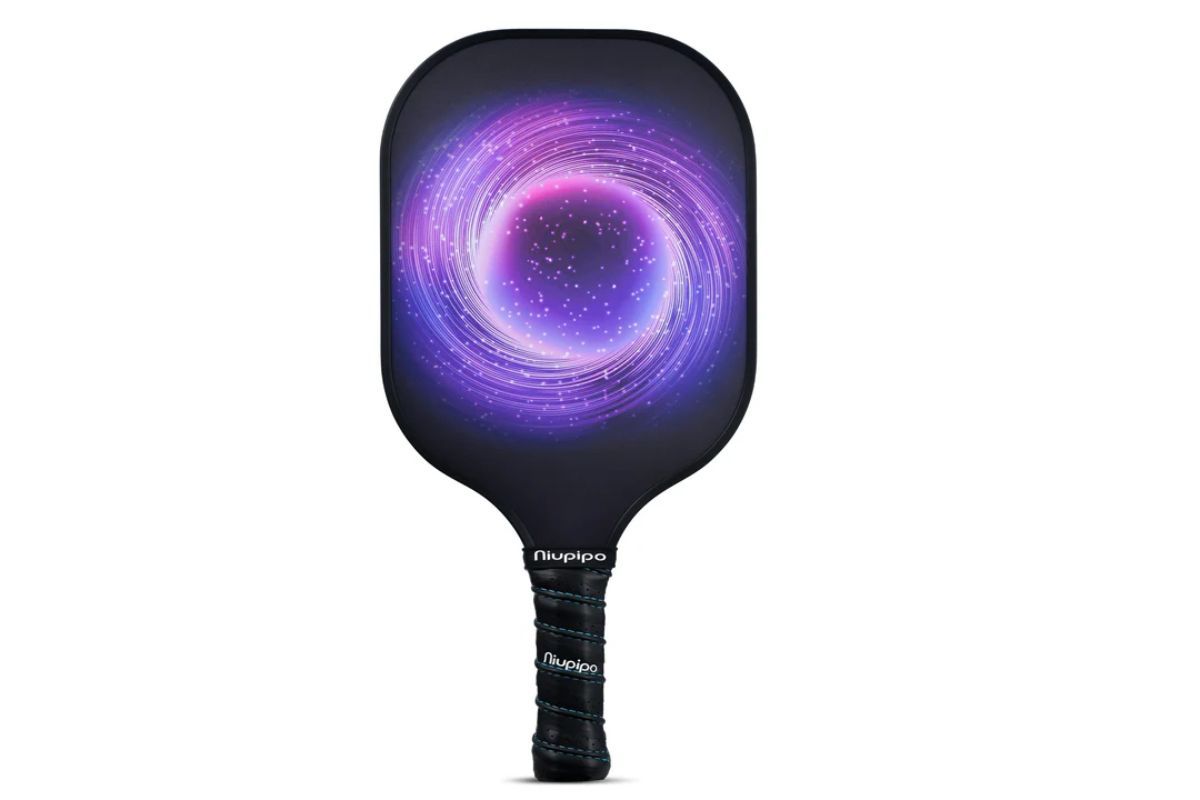
Source: niupipo.com
2. Niupipo MX-07 Pickleball Paddle
Why it’s great for beginners: This paddle is specifically designed with beginners in mind. It features a lightweight (7.7 oz) design with an ergonomic grip that reduces strain on your wrist and arm.
The polymer honeycomb core provides a good mix of power and control while the edge guard adds durability, which is helpful for new players who might drop their paddle frequently.
Best for: Comfort-focused beginners who want a reliable, easy-to-use paddle.
Standout features:
- Ergonomic grip minimizes strain on wrist and arm
- Polymer honeycomb core balances power and control
- Lightweight for easy maneuverability
- Edge guard for durability during intense gameplay
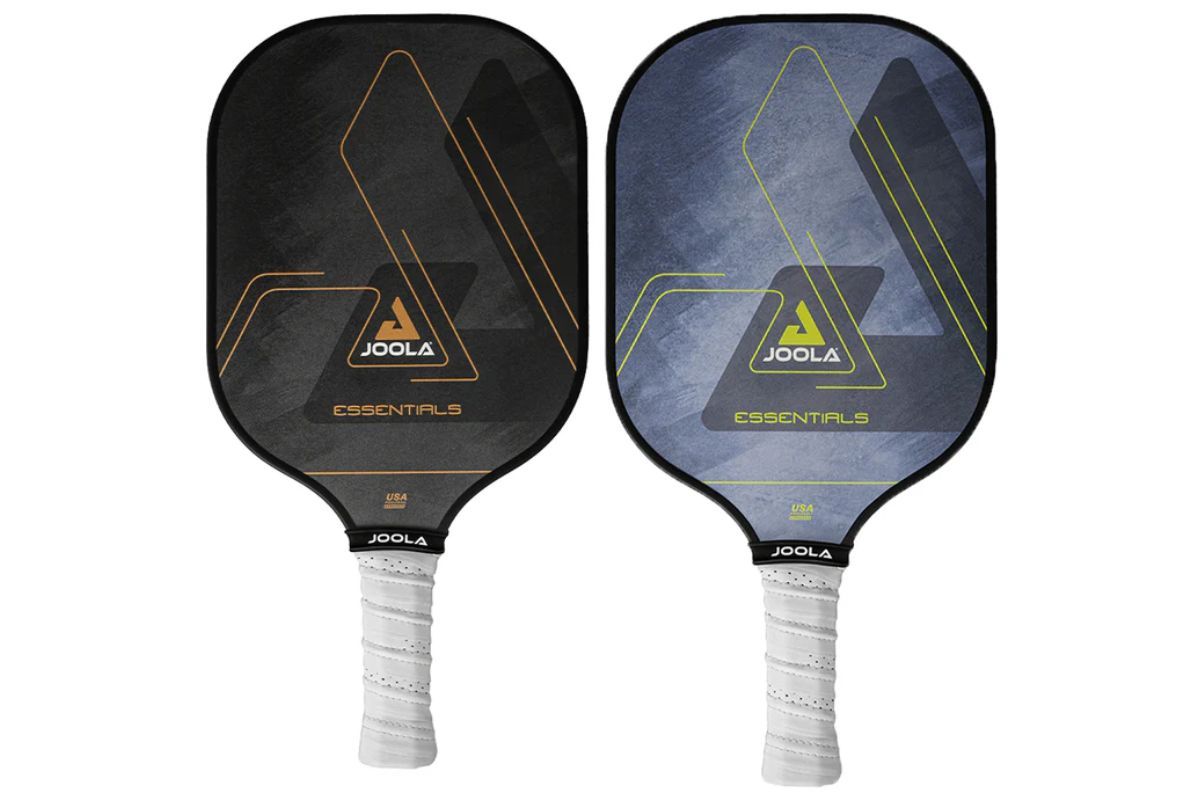
Source: joola.com
3. JOOLA Essentials Pickleball Paddle
Why it’s great for beginners: Endorsed by top players, this paddle is both versatile and forgiving. It’s lightweight, offers a large sweet spot, and has a cushioned grip that’s perfect for extended games.
The JOOLA Essentials paddle is also USAPA-approved, making it a good pick for beginners who might want to enter recreational tournaments.
Best for: Players looking for a forgiving paddle with good all-around performance.
Standout Features:
- Large, forgiving sweet spot
- Cushioned grip for extended play sessions
- Lightweight composite material for easy control
- USAPA-approved for tournament play
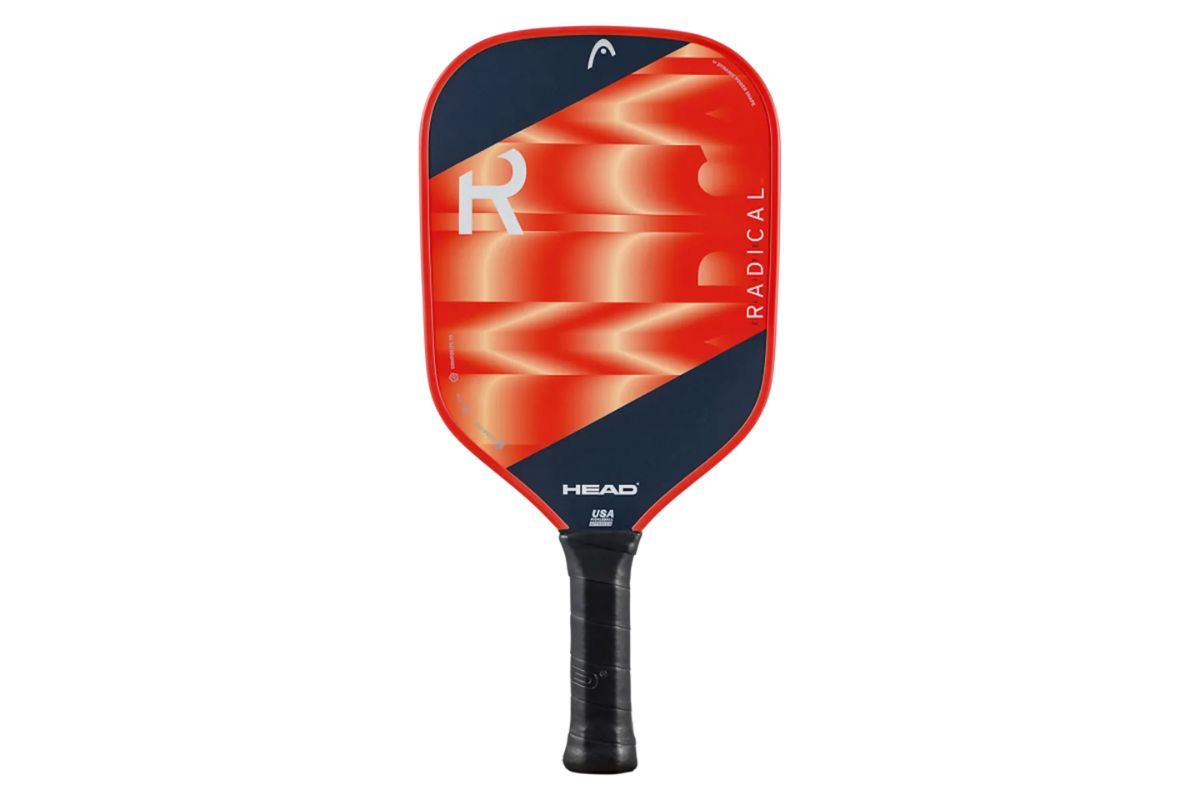
Source: head.com
4. HEAD Radical Elite Pickleball Paddle
Why it’s great for beginners: The HEAD Radical Elite is designed to deliver more power, making it easier for beginners to generate solid hits without much effort.
It has a large sweet spot and a lightweight fiberglass frame, which enhances power while still offering decent control. The foam grip also ensures comfort during extended rallies.
Best For: Beginners who need a bit more power and are looking for an affordable paddle.
Standout Features:
- Lightweight fiberglass frame for enhanced power
- Large sweet spot for off-center hits
- Foam grip for comfort during long matches
- Affordable price for beginners
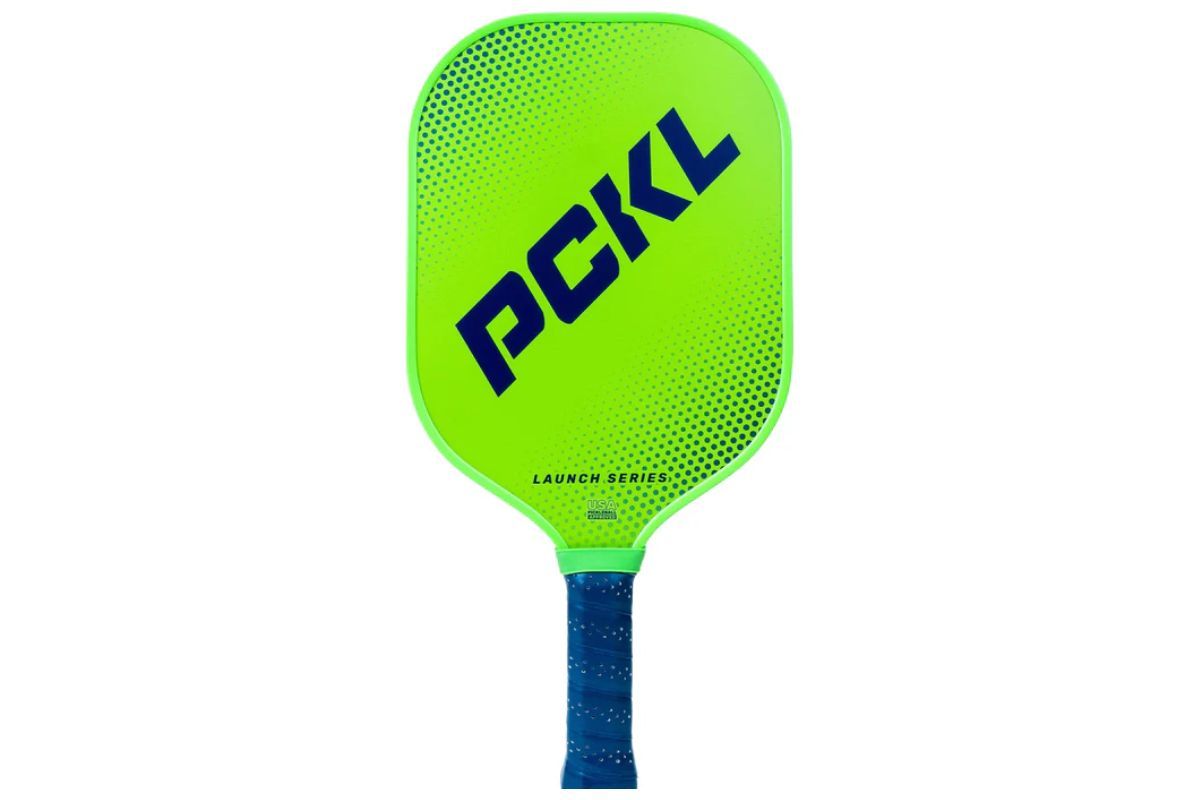
Source: pckl.com
5. PCKL Launch Series Pickleball Paddle
Why it’s great for beginners: The PCKL Launch Series is ideal for first-time players who want a balanced paddle without breaking the bank.
It’s lightweight, has a composite face, and offers decent control and spin. It’s a great paddle to start with and grow into as you get more comfortable with the game.
Best for: Budget-conscious beginners who still want good quality.
Standout features:
- Composite face for good spin and control
- Lightweight design for easy handling
- Affordable price for beginners
- Balanced performance suitable for progressing players
How to choose the right Pickleball paddle for your needs
Finding the perfect pickleball paddle doesn’t have to feel like a daunting task. With so many options out there, it's important to focus on a few key factors that align with your specific needs and playing style. Here’s how you can narrow down your options:
1. Identify your play style: Control vs. power
Control players: If you prioritize accuracy and finesse over power, you’ll want a paddle that offers a high level of control. Look for paddles with a textured face (often carbon or graphite) that help you add spin and precisely place your shots. Control paddles tend to be lightweight and have a larger sweet spot.
Power players: If your focus is on hitting harder shots and driving the ball, a slightly heavier paddle with a thicker core (like composite paddles) might be more your style. These paddles provide the extra “pop” you need while still maintaining decent control.
2. Choose the right weight
Paddle weight is one of the most critical factors in determining how it feels in your hand and how you perform on the court:
- Lightweight (6-7.5 oz): Easier to maneuver and control, making it perfect for beginners still refining their swings. However, lighter paddles might lack power.
- Midweight (7.6-8.4 oz): Offers a balanced mix of power and control, making it a versatile choice for beginners.
- Heavyweight (8.5+ oz): Delivers more power with less effort but can be harder to control, which is why it’s usually better suited for more experienced players.
3. Consider the grip size
Grip size can make or break your comfort during a match:
- Small grip (4 inches): Offers more wrist action, allowing for better control and spin, but might lead to strain if it’s too small for your hand.
- Large grip (4.25 inches and above): Provides more stability and reduces arm strain, ideal for those with larger hands or who prefer a firmer hold. A good rule of thumb is to go for a grip size that allows you to comfortably fit your index finger between your palm and the grip.
4. Think about the material
The paddle’s face material plays a significant role in performance:
- Graphite: Lightweight and offers excellent control, making it popular among beginners who value precision.
- Composite: A balanced option that combines power and control. These paddles usually have a textured surface, enhancing spin potential.
- Wood: The most affordable option but heavy and less durable. It’s best for absolute beginners who are still testing the waters.
5. Budget considerations
You don’t need to break the bank for a good beginner paddle. Most entry-level paddles range between $40 and $100. Focus on paddles that feel comfortable and provide good performance at a reasonable price.
Remember, investing a bit more can mean getting a paddle that lasts longer and grows with you as you improve.
6. Test it out (if possible)
Whenever possible, test different paddles before making a final decision. Some local clubs or stores offer demo paddles you can try. Getting a feel for how a paddle performs in your hands can be the deciding factor in making the right choice.
Cheers,
Friska 🐨
Read next: Best massage guns for 2024
